by
Autism spectrum disorders (ASD) is a neurodevelopmental disorder characterized by impairments in communication and social skills, and marked by restricted and repetitive behaviors. In recent years, there has been an increasing growth in the prevalence of ASD with 1 in 68 children in the USA diagnosed with the disorder. The authors examine the practices for identifying early markers for ASD and in turn diagnosing the disorder. Furthermore, the interactions between genes and environments are now regarded as the most probable explanation for autism spectrum disorders (ASDs). This book includes research on the principal role infantile zinc- and mangesium-deficiency and/or toxic metal burdens play as environmental factors in the pathogenesis of autism spectrum disorders. Other chapters include research on the Family-Centered Transition Planning (FTCP) approach for ASD and the results that have been achieved by students and families; the experiences of adults with autism spectrum disorders with a focus on their social relationships; cognitive behavior therapy (CBT) in adults with high functioning ASD and ways to enhance school-based interventions for children with high-functioning autism spectrum disorders (HFASD). (Imprint: Nova Biomedical)
Product Details
- Hardcover: 150 pages
- Publisher: Nova Science Pub Inc (June 10, 2015)
- Language: English
- ISBN-10: 1634825470
- ISBN-13: 978-1634825474

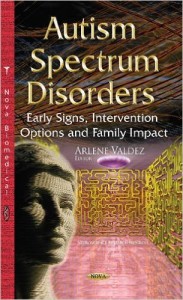
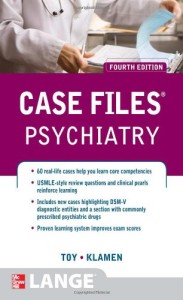
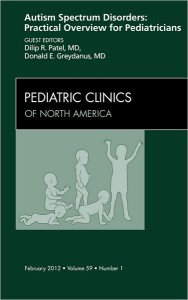
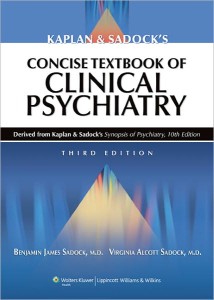

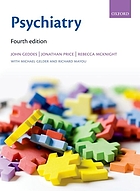

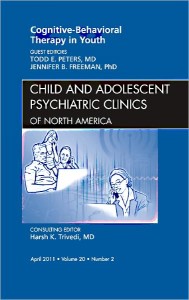

Reviews
There are no reviews yet.